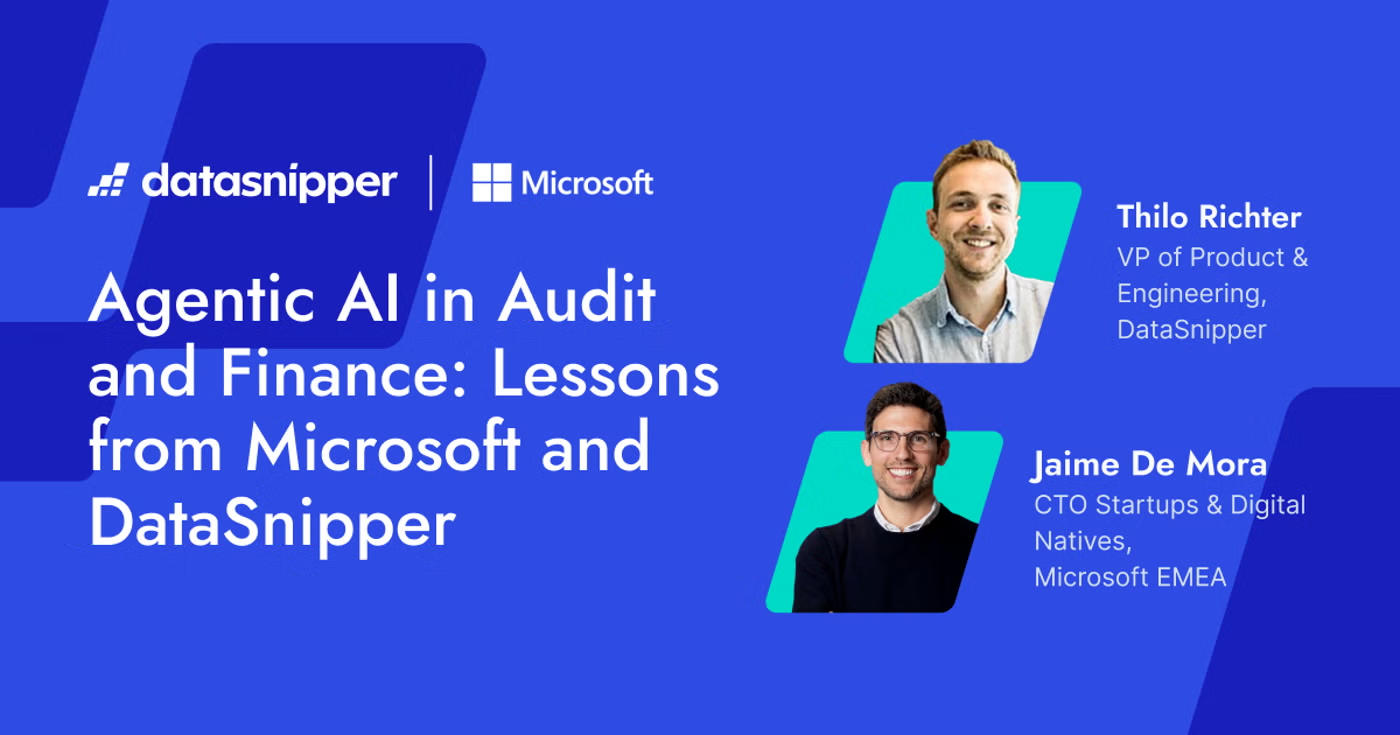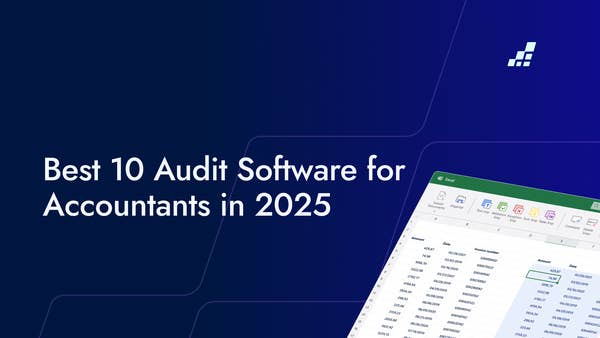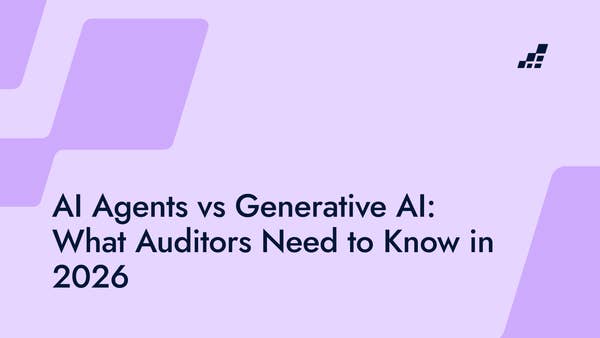- /
- Blog
Agentic AI in Audit and Finance: Lessons from Microsoft and DataSnipper

Why Audit and Finance Need a New Approach to AI
The next wave is agentic AI: AI designed not just to generate outputs, but to take structured actions, orchestrate multi-step processes, and collaborate with professionals. In audit and finance, this means moving beyond isolated shortcuts to end-to-end workflows that:
- Collect and analyze evidence across large datasets.
- Ground answers in verifiable source material.
- Surface insights in context, directly inside the tools teams already use.
- Keep professionals firmly in control of interpretation and sign-off.
Agentic AI represents a shift from passive assistance to active partnership. It’s not about replacing expertise—it’s about embedding intelligence directly into workflows so auditors and finance professionals can spend less time on manual drudgery and more time on the judgment that matters most.
The Challenge: Trustworthy AI in Highly Regulated Industries
Artificial intelligence is moving from novelty to necessity in audit and finance with Agentic capabilities offering the potential for scalable efficiencies. But adoption is not straightforward. Firms face legitimate concerns:
- Data protection — Will sensitive client data remain secure?
- Auditability — Can AI-assisted work stand up to regulatory and peer review?
- Accuracy — How do we ensure results are grounded, not speculative?
- Adoption — Can new tools integrate into workflows without slowing professionals down?
In an industry built on precision and trust, AI only matters if it strengthens—not compromises—those values.
Design Principles for Agentic AI in Audit & Finance
The promise of AI isn’t replacing professionals—it’s elevating them. That’s why DataSnipper builds on Microsoft’s secure AI stack with a design philosophy grounded in:
- Human in the loop: Automate repetitive, low-risk tasks; keep professionals in control of interpretation, judgment, and sign-off.
- Traceability: Make every AI step verifiable with evidence links and logs.
- Transparency: Favor “no answer” over hallucinated output to align with audit risk profiles.
- Familiarity: Deliver agentic AI inside Excel, the canvas professionals already know.
These principles guide every feature we build.
Webinar highlight: Key pillars of AI development for regulated industries
What Secure, Agentic Tools Look Like
Grounded, Verifiable Answers in Excel
- Grounded in evidence: Every answer is tied back to verifiable source material so professionals can trust and trace results.
- Embedded in familiar workflows: AI is most valuable when it works directly inside the tools teams already know—Excel, for example—rather than forcing adoption of new platforms.
- Designed for collaboration: Agents do the legwork of collecting, surfacing, and organizing information, while humans stay firmly in control of interpretation and decision-making.
- Built for high-stakes environments: Guardrails, calibrated behaviors, and transparent logs ensure outputs are not only useful but also defensible in audits, reviews, and regulatory contexts.
This combination of security, usability, and auditability is what distinguishes enterprise-ready agentic AI from consumer-grade tools. It’s not just about faster answers—it’s about answers you can rely on.
Excel Agents: Adding Value Where Work Already Happens
Audit workflows are complex, spanning tasks like sampling, tie-outs, cross-footing, and evidence collection. Traditionally, these steps require hours of manual checking and re-checking. By embedding agents directly into Excel, DataSnipper brings automation to the very heart of this process.
Instead of jumping between systems or exporting data, practitioners stay in their familiar spreadsheet environment. Agents handle orchestration—accelerating routine steps—while auditors verify outcomes. The result is leverage without a steep learning curve.
Webinar highlight: Sneak peek of Excel Agents
Disclosure Agents: Checklists, Simplified
Financial statement reviews are often the most painstaking part of the audit, with auditors navigating hundreds of IFRS and GAAP disclosure requirements. Our Disclosure Agents act like tireless assistants: scanning long reports, sourcing relevant passages, assembling suggestions, and presenting them for professional judgment.
The agent doesn’t make the final call—that responsibility remains with the auditor. Instead, it ensures professionals start from a stronger position, with the relevant evidence already surfaced and organized. This “augmentation, not abdication” model reflects both regulator expectations and professional standards.
Webinar highlight: Sneak peek of Disclosure Agents
The Future of Agentic AI: Security, Governance, and Transparency by Default
In audit and finance, AI is only as valuable as it is trustworthy. A system that produces fast results but cannot be verified—or worse, mishandles sensitive financial data—creates more risk than reward. Enterprises need to know that when they deploy agentic AI, it won’t turn into a black box.
That’s why the Microsoft x DataSnipper approach is built from the ground up on security, governance, and transparency:
- Encryption at rest and in transit, with regional hosting.
- Strict authentication and access controls.
- Model isolation so customer content never trains foundation models.
- Evidence links, action logs, and version visibility.
- Calibrated prompting that reduces hallucinations.
These safeguards are not afterthoughts—they are prerequisites for adoption.
Webinar highlight: AI should empower, not replace professionals
Adopting AI Agents: Roadmap for Leaders
For firms piloting Agents high-stakes workflows, a clear set of patterns is emerging:
- Start small, but meaningful: Focus on repeatable, measurable use cases such as document matching or data extraction. These demonstrate ROI while minimizing risk.
- Bring compliance in early: Involving legal, risk, and IT from the outset avoids costly roadblocks when scaling up.
- Invest in fluency, not just tools: Teams that understand both the opportunities and limitations of AI adapt more quickly as the technology evolves.
- Favor domain-specific solutions: Generic chat interfaces cannot meet auditability or compliance standards. Tailored tools can.
- Keep humans in the loop: The most effective deployments use AI to gather evidence and options, leaving final judgment to professionals.
Webinar highlight: Why keeping humans in the loop is essential to agentic AI
Secure Agentic AI in Excel: Elevating Audit and Finance with Microsoft x DataSnipper
The agentic era is here, but trust is the unlock. By combining Microsoft’s secure AI platform with DataSnipper’s audit-grade design, firms can safely accelerate the shift from manual work to decision support. The payoff: more time for judgment, higher-quality reviews, and resilient compliance—without leaving Excel.

.png?width=600&quality=70&format=auto&crop=16%3A9)
